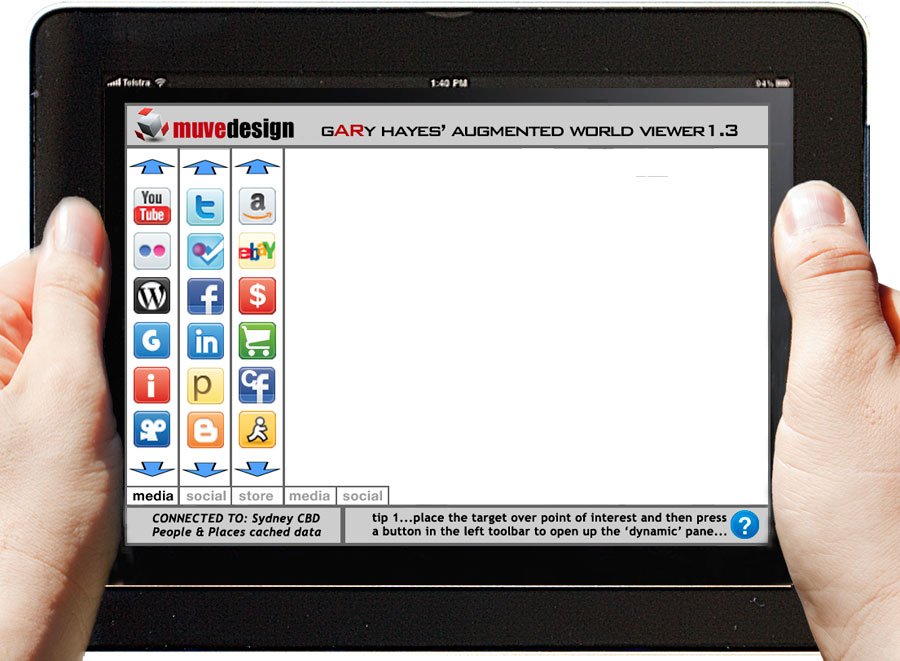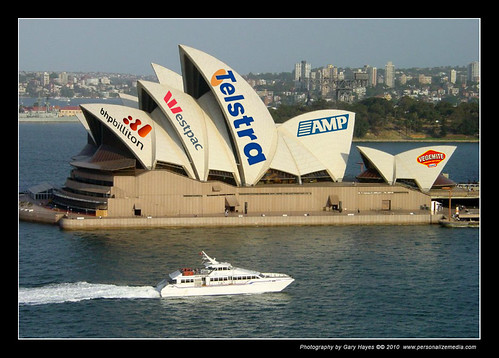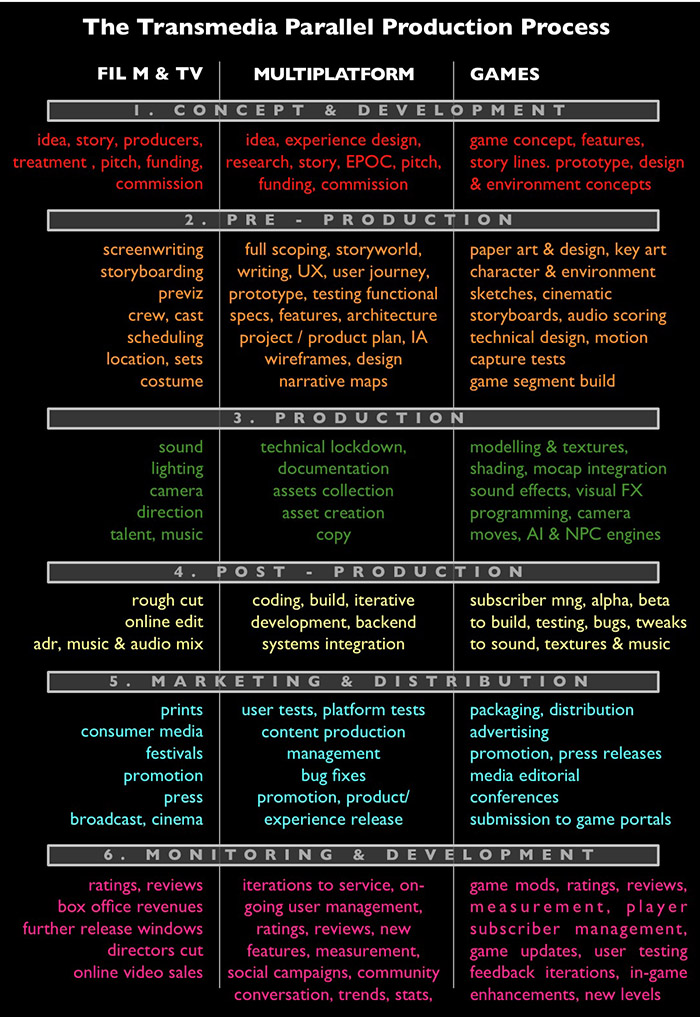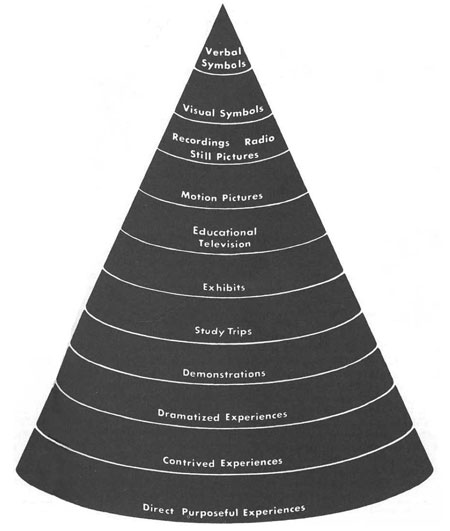I am busy consulting, commercial projects and presentations (eg: SBTUG this eve) on Augmented Reality and the near future benefits for storytellers, a range of businesses and service industries. Key questions often crop up as to the relevance of AR to their ‘bottom line’ as well as usuability issues – beyond showing a range of videos from Layar, Junaio and the like it is difficult demonstrating how ‘consumer/users’ of AR devices may be interacting with them in the near, 1 to 2 year out, future. So based on a certain large tablet released recently I created a device that gave a much ‘bigger’ experience than current AR enabled mobiles, had a cleaner interface (as in less clutter POI dots on the screen – most of the time) and fitted into a series of AR future videos ‘AUGMENTED WORLDS’. Please find below Part One looking specifically at the Business Opportunities around type 3 of my AR types – Recognition (Outline) and more on how it was made and a description of the sketch interface below…
AUGMENTED WORLDS Pt.1 – Business Opportunities: RECOGNITION.
An ‘iPad 4.0 – like prototype’ stroll around an augmented Sydney. Video, music devised & created by GARY HAYES of MUVEDesign.com
Music – BTW if you like the music please subscribe via iTunes or other fav podcast tool to download over 250 of my euphoric/progressive trance, organic real harp/guitars or cinematic soundtracks via garyphayes.com or direct feed here.
ASSUMPTIONS WITH THIS CONCEPT
OK this tablet device with camera is running on a very fast connection, instant video and image so we are assuming city wide wifi or 4G type service connection. Also some elements pop up immediately so we can assume the user in the video (me) has setup some preferences or it has learned what type of service I like so it gives instant fulfilment vs dropping into endless menus (more on the interface next). Also the device is extremely aware of its location to a few inches, so we can assume that some of the ‘recognition’ elements are speeded up, being tied into precisely where the user is stood/orientated ‘combined’ with recognition – this will speed up the overall process vs using only Kooaba like Smart Visuals Recognition which puts a lot of pressure on server-side processing.
Notice on the bottom of the interface I have put the words “CONNECTED TO: Sydney CBD People and Places cached data” which is basically pointing out that the speed of recognition to data display is super accelerated when all information is pre-cached, and the way intelligent caching works means the more popular the ‘target’ the faster the response. Privacy – there are a few sequences here and in the longer video that show people being ‘recognised’. Obviously a real concern at the moment, so the concept video assumes the users being targeted have given their consent to outdoor recognition…I know this is a post in itself (see one of mine recently) but lets assume like TagWhat and FourSquare like services, users are allowing their ‘trusted’ friends and companies (for benefits) assess to being recognised – at least for the purposes of this concept!

THE INTERFACE
OK the UI it is a little nieve probably due to only a few hours development ‘while’ doing a zillion other things – but the principles here are worthy of some explanation.
- Clear ‘Reality’ Window – A key concern for me was keeping the video or live/reality view as clear as possible and not have layers of dots or objects floating around. This enables much more of an immersive experience and the pop-over windows are in the control of the user. I would have popped in a little ‘radar’ element top right (as Layar do) if I had time – of course this raises the question of ‘what’ is actually AR tagged? See 2…
- Targeted Search – The target/focus device bottom right is there to provide the user with selectivity, being able to choose something of interest and waiting for the system to respond. OK a BIG assumption here is that ‘most’ things are AR Recognisable (including peoples faces) but I have an 8 minute version of the video too which has a few ‘duds’, in other words what happens when the user targets things that have ‘no’ AR link…this was done purposefully to show those companies who may opt-out or are ignorant of a future of millions of smart, high quality mobile devices like this and a world where anything and everything is either purposefully geo-tagged or recognisable. Finally the target itself is movable to place where you feel most comfortable and defaults to this bottom right position to enable top left panes.
- Service Access – Alongside the left side of the device are three categories – Store, Social and Media. The idea is once recognised the icons will pop up showing whats available for that ‘thing/person’ – I didn’t have time to show thumbs moving around but assume that I moved my left thumb to trigger an item and pull up the dynamic, resizable pane.
- Help & Connection – A passing reference to likely updated strap at the bottom (possibly used also for targeted info eg: “point at our logo now to receive 30% discount, or go here and do x” sort of lines as well as help. On the bottom left a status box showing something of the data set or connection strength sort of info. But as I said these are placeholder areas only.
- Types of services – There are endless amounts of possible linked data to an internet of things, but I choose here a selection to demonstrate a few concepts. The items in order on the left are shown in the diagram below and are MEDIA – YouTube, Flickr, Wikipedia, GAMES, Info, Video. SOCIAL – Twitter, FourSquare, Facebook, LinkedIn, Posterous and Blogspot. STORE – Amazon, eBay, PRICE, OnlineCart, Facebook Credits, Related. BTW – ‘GAMES’ is a catch-all that triggers overlayed game engines once in set zones.
THE SHOOT/EDIT
The video was shot on a Canon 5DII in a half day wander around Sydney using the new 24fps full HD 1920/1080 setting. I shot it with the specific knowledge that the ‘focus’ of the tracker would be towards the bottom right and that the device would be layered on in my fav bit of software, Adobe AfterEffects. The final clips are pieced together in Final Cut of course – it was nice to do this so speedily on my new i7 iMac with 8 effective cores – amazed at how fast the workflow is with this prosumer desktop!
OUTRO
Anyhow enjoy the video and share it around. Interested in feedback especially as parts 2 and 3 are in process. Will also update this rather rushed post tomorrow and get the longer video up before the weekend when I get a moment! The purpose of this post and video I think is to look at a nearer term future vs some of the rather out there concept vids but also at the other end of the spectrum current marker and recog AR is rather clunky and may be off-putting to a great deal of users? Also can we imagine a wild west world of ‘place inserted ads’, can it really be regulated – and here it comes… What do you think 🙂
UPDATE 1 – the extended version of the above video
UPDATE 2
A presentation deck given at Theatre 2 at Microsoft campus, Sydney on 30 June 2010. More details here from Craig Bailey. The presentation as an introduction covers definitions, types of AR, recent issues and trends as well as the 16 key biz models and over 40 examples.
and finally, finally I will leave you with…I mentioned the recent Amsterdam large screen AR venture in my presentation as well as a few other forms of public/performance AR including the recent New York Times Sq fun piece. Very advertorial in nature, but these sorts of installations alongside Sony & Microsofts efforts are going to bring AR into the collective consciousness sooner rather than later. The Times Square Forever21 (Fashion retailer/designer) experience…
Times Square Billboard by Space150 from Cliff Kuang on Vimeo.






why did some of you repost the title, lolz too funny www.built4beats.com
Augmented Worlds Video Part 1 – Recognition ow.ly/2ixu5 #augmented #reality
Augmented Worlds Video Part 1 – Recognition bit.ly/9eiydD via @garyphayes
@KwelaHermanns @wschroll iPad meets AR, have you seen this demo by @GaryPHayes? url.ie/72g3
@cervus @GaryPHayes Very cool! url.ie/72g3 @wscholl When do we talk about ARBCON 2???
How #augmentedreality might work on #iPad: 3.ly/g4pc. More info, as always, at www.augmentedreality.co.uk/
RT @garyphayes Augmented Worlds Video Part 1 – Recognition bit.ly/9eiydD
RT @garyphayes Augmented Worlds Video Part 1 – Recognition bit.ly/9eiydD
Isto sim parece me o futuro!
ah, ok its only an idea ow.ly/2PlQw
カメラ付きのタブレットPCが提供する新たな体験-より効果的な拡張現実アプリ RT @garyphayes Augmented Worlds Video Part 1 – Recognition bit.ly/9eiydD
Concept fou de réalité augmentée sur iPad ! bit.ly/b5zniW
Archive: : Augmented Worlds Video Part 1 – Recognition t.co/z73HDNKo
Archive: : Augmented Worlds Video Part 1 – Recognition t.co/z73HDNKo
Archive: : Augmented Worlds Video Part 1 – Recognition t.co/z73HDNKo
Archive: : Augmented Worlds Video Part 1 – Recognition t.co/z73HDNKo
The game keeps updating in every NFL season.
Restart The Madden Mobile game on your device.
Nearly like various hacking, games are hacked too.
Almost like various hacking, games are hacked as well.
Basically set up the COD mobile hack and run the app.
Just set up the COD mobile hack and run the app.
Nearly like various hacking, games are hacked also.
Yes, Call of Duty mobile is a Battle Royale.
Yes, Call of Duty mobile is a Battle Royale.
Nearly like various hacking, games are hacked also.
To install and play Call of Duty: Black Ops.
Yes, Call of Duty mobile is a Battle Royale.
Yes, Call of Duty mobile is a Battle Royale.
Here we are share COD mobile hack download apk.
Practically like various hacking, games are hacked as well.
Simply install the COD mobile hack and run the app.
Playing a multiplayer FPS on mobile is a challenge.
Playing a multiplayer FPS on mobile is a challenge.
Yes, Call of Duty mobile is a Battle Royale.
Playing a multiplayer FPS on mobile is a challenge.